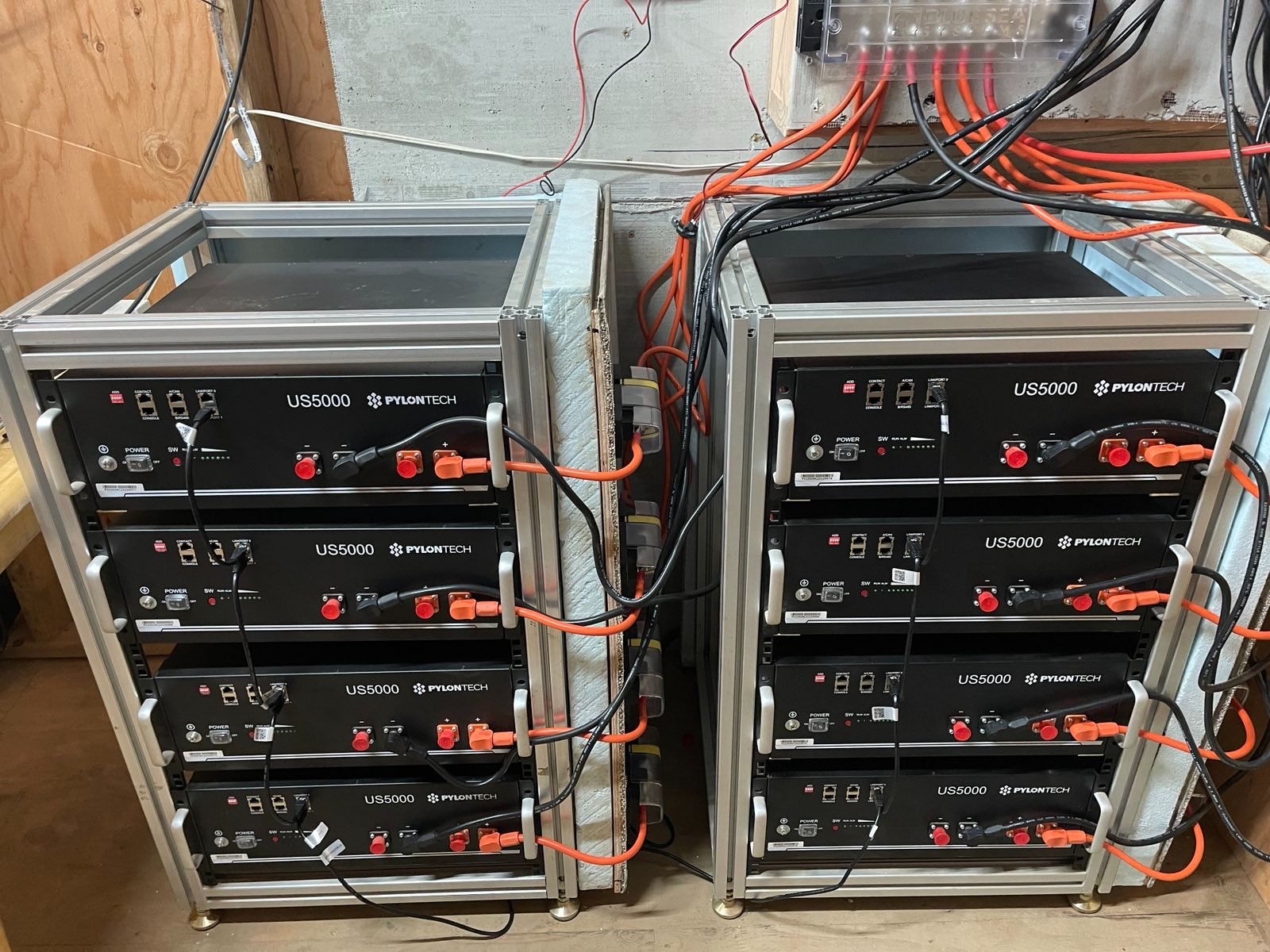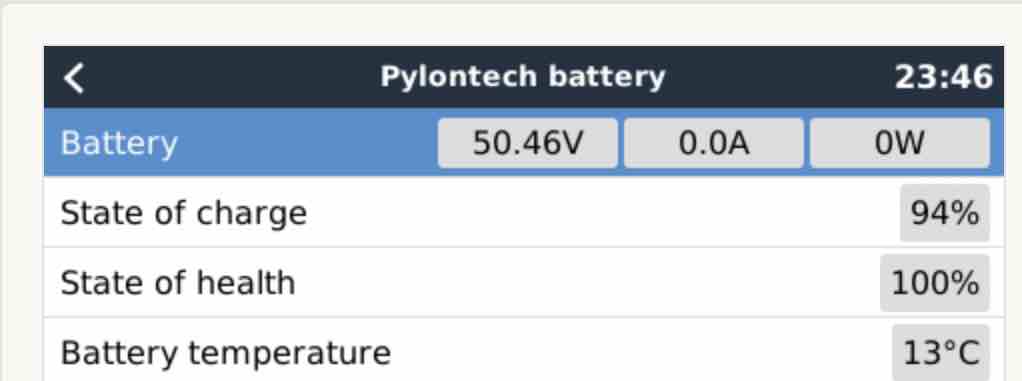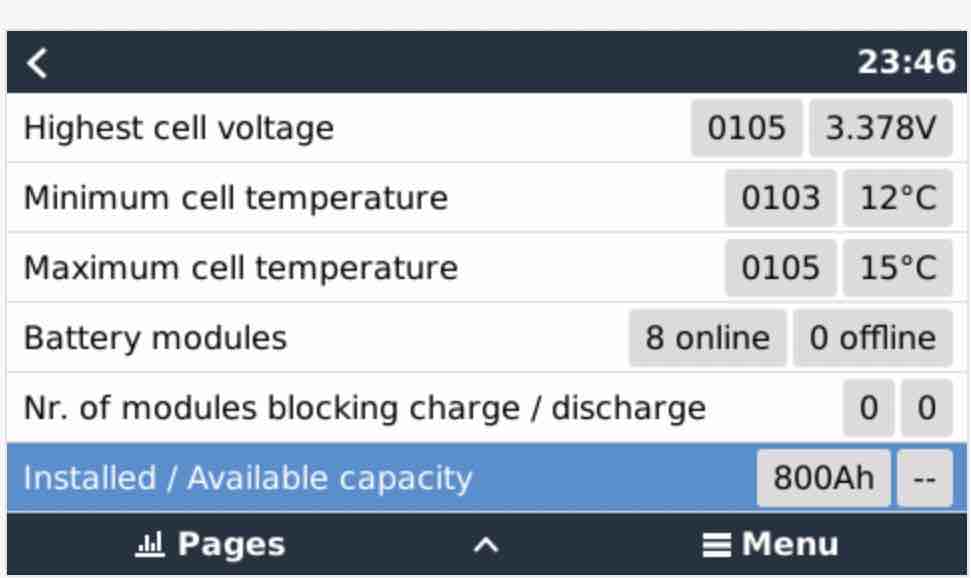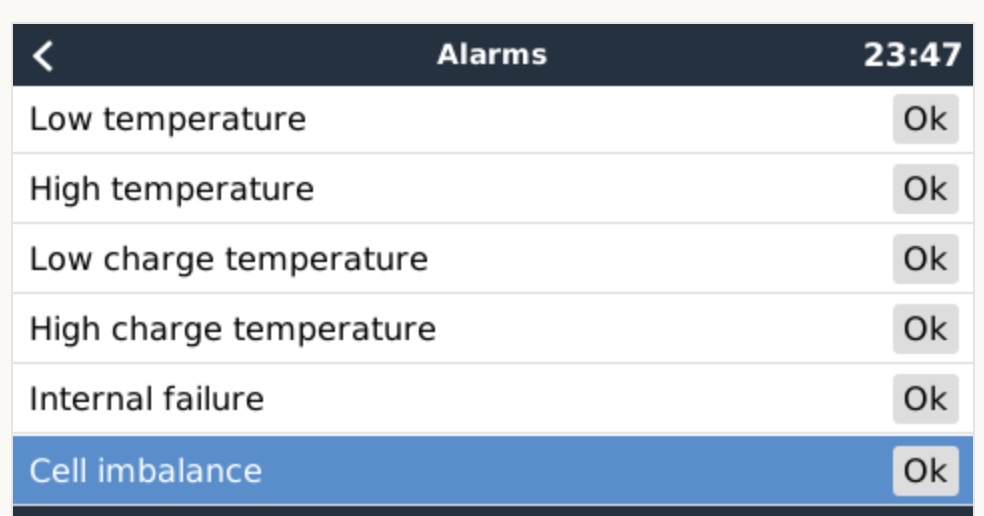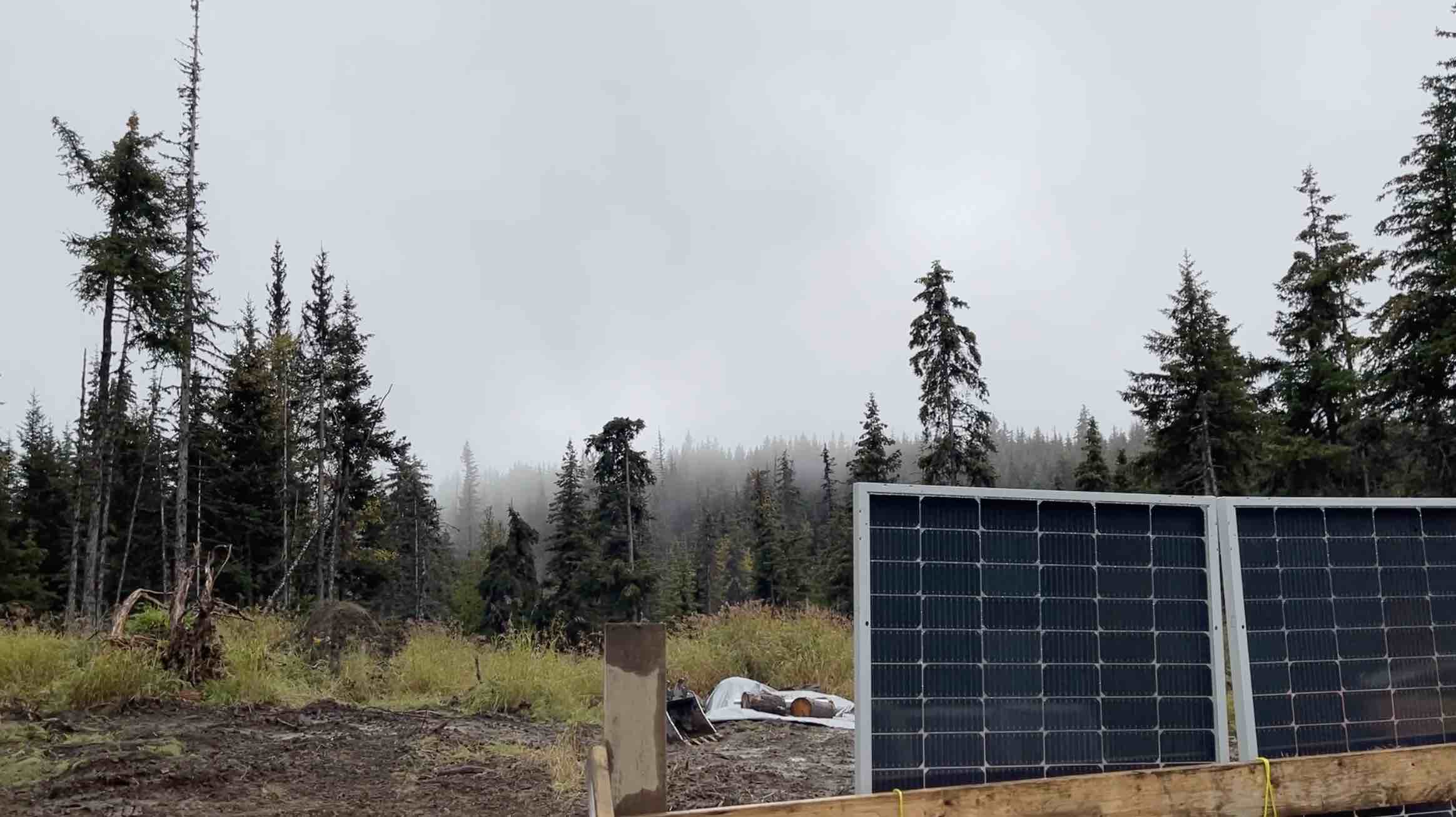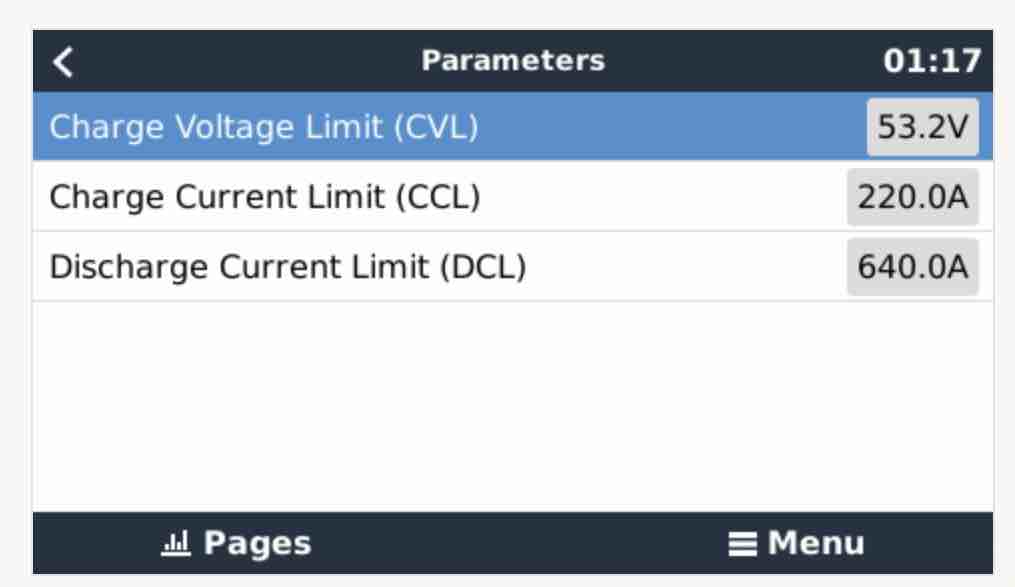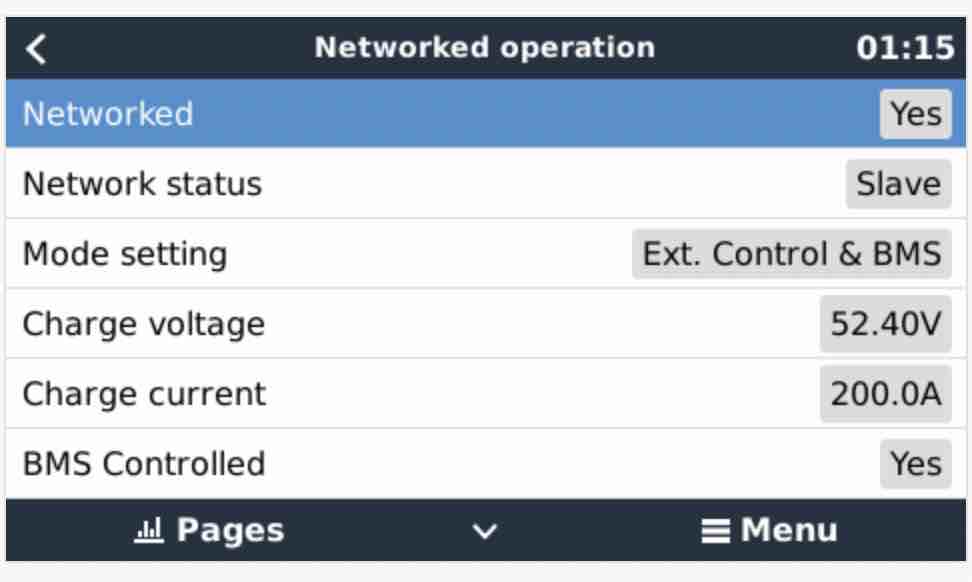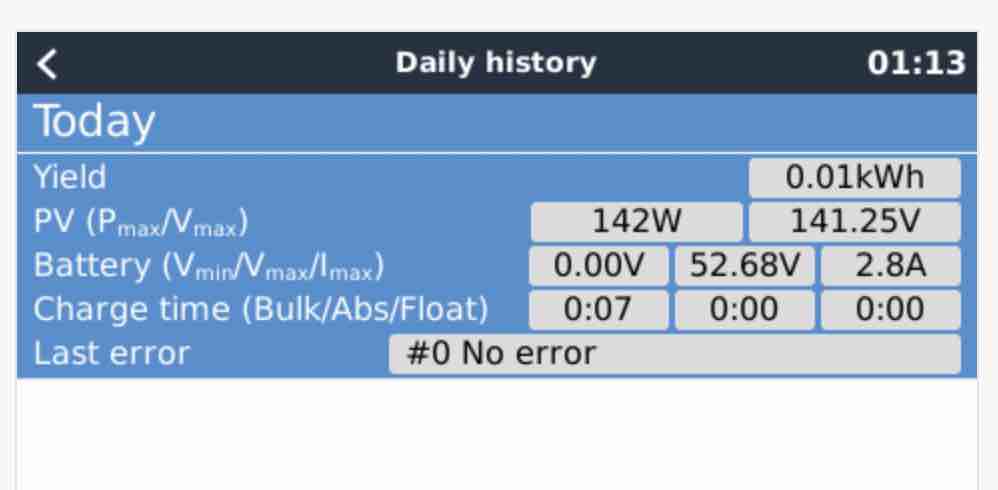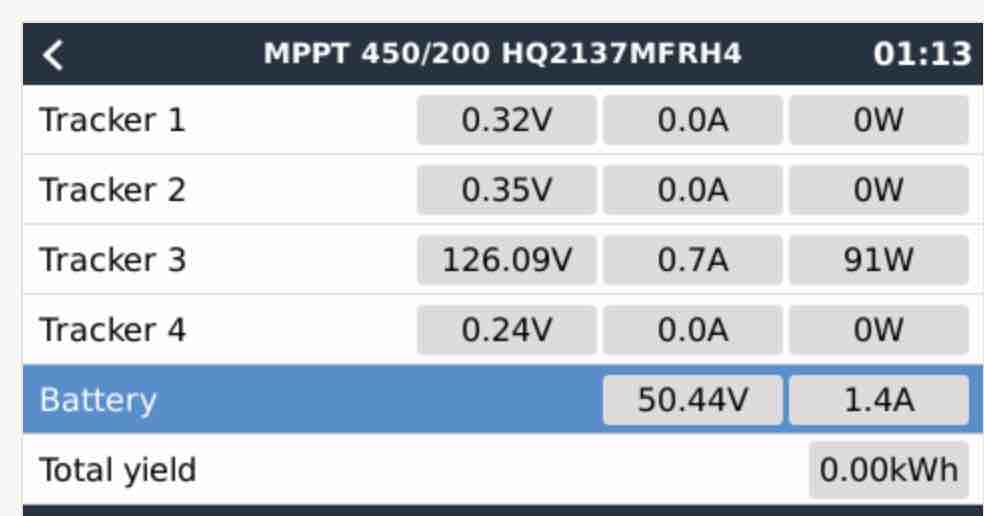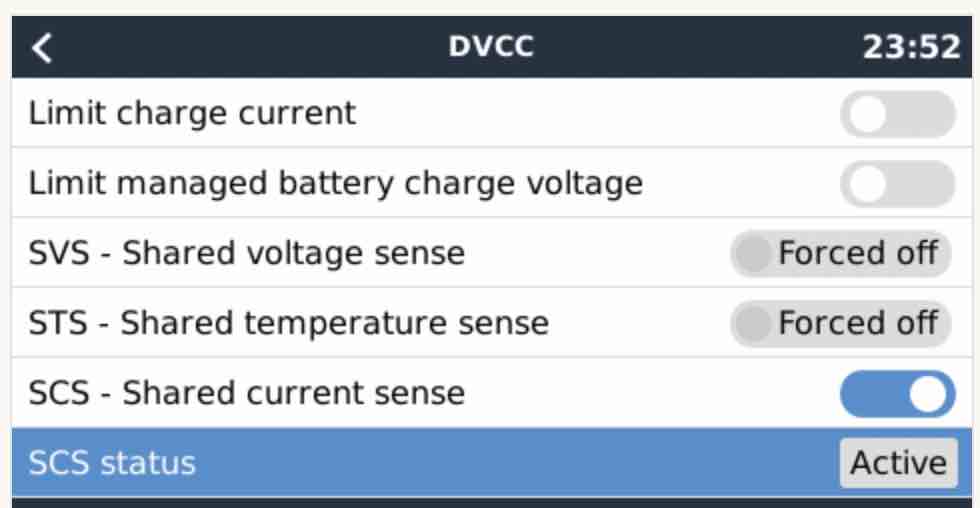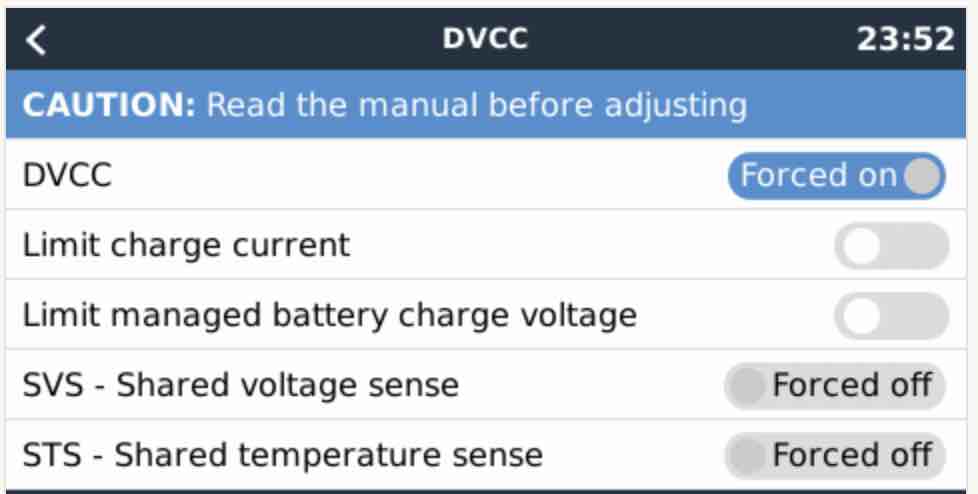I got my Quattro mounted but not powered, same with my RS MPPT, and my bus bar is set up with an EG4 chargeverter. All 8 of my US5000 batteries were initially showing 49.4V with the voltmeter.
I used the EG4 to charge them all up to 51.8V. The first one I charged by itself. The SOC lights were 4 solid, 1 blinking, and the last one never lit up at all.
I then used the EG4 to charge the other batteries up in a group. They all showed 5 solid SOC lights, and the final one blinking.
I thought this was odd.
The next day I put the voltmeter on them and the one with the lowest SOC indication actually was showing the highest voltage.
Battery 4 (the one with lowest SOC light indications) was 51.3V
Battery 3 was 50.6V
Battery 2 was 50.9V
Battery 1 was 51.1V
Battery 5 was 51.2V
Battery was 51.0V
Battery was 50.9V
Battery was 50.9V
I then charged them each up again with the EG4 setting 51.8V and 10A of current.
Then the next day I measured:
Battery 1 = 51.6V
Battery 2 = 51.6V
Battery 3 = 51.4V
Battery 4 (the one with lowest SOC light indication) = 51.6V
Battery 5 = 51.6V
Battery 6 = 51.5V
Battery 7 = 51.6V
Battery 8 = 51.6V
Anybody else seen something like this with one battery showing less SOC on the lights than the others at same or higher voltage?
I know the batteries have to balance and I haven't put a load on them yet and haven't yet powered up the MPPT or Quattro. Although I don't know if balancing is limited to each battery balancing its own cells, or if the group balances batteries (sharing charge or discharge amongst themselves). I have my batteries each wired individually into the bus bar and am not using any other positive or negative short cables to connect batteries to each other. So if the master battery is somehow providing extra charge/discharge to various batteries I'm not sure how it would be doing that.
Perhaps a battery that isn't full shows as a load on the bus bar, and another battery that is more full would then supply power to the bus bar and so the batteries would balance out that way? I have no idea.
I should have the MPPT online with about 1.5KW of panels in the next couple of days so maybe after setting up the Cerbo GX to DVCC and getting solar to charge, things will work out?

